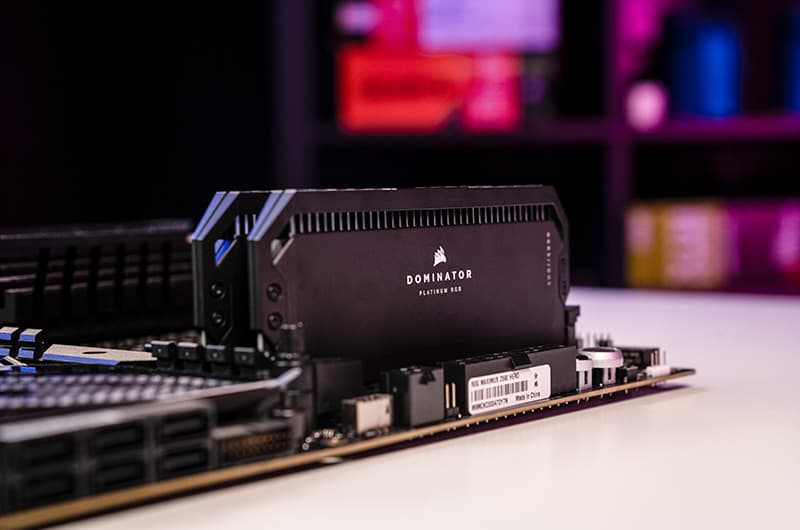Scientists have known for years that the moon is shriveling like a grape, causing moonquakes.A new study said moonquakes in the south pole could put astronauts at risk from landslides.NASA’s Artemis III mission is headed for areas that seem at risk for this seismic activity.
Thanks for signing up!
Access your favorite topics in a personalized feed while you’re on the go.
download the app
NASA has known for years that the moon is shrinking. In 2019, for example, scientists estimated the moon had contracted by about 150 feet over the last several hundred million years.The moon’s interior is cooling, and its brittle crust is cracking, creating “thrust faults” where one piece slides over another, which can trigger moonquakes.That was all common knowledge in the scientific community at least five years ago.However, a new study published in the peer-reviewed Planetary Science Journal shows some of these faults are near potential landing sites for NASA’s Artemis III mission and could be an issue for long-term lunar settlements.Danger at the lunar south poleArtemis III plans to land astronauts near the moon’s south pole, which contains water ice, among other vital resources. It would be the first time a human has set foot on the lunar surface since 1972.Even small tremors at the moon’s south pole could trigger landslides, according to a NASA press release, which may be dangerous to astronauts.That said, “short-term missions like Artemis III are not likely a risk because strong shallow moonquakes are infrequent,” Tom Watters, lead author of the paper, told Newsweek.The bigger risk is to long-term settlements like those that NASA envisions to happen by 2030.”We’re going to be sending people down to the surface and they’re going to be living on that surface and doing science,” the lead of NASA’s Orion lunar spacecraft program, told the BBC in 2022.As the moon continues to slowly shrink, it will lead to new thrust faults and this “should be considered when planning the location and stability of permanent outposts on the moon,” Watters said in a recent statement.Moonquakes can seem stronger than earthquakesWatters and other researchers created a model that predicts moonquakes could cause landslides along the walls of the region’s Shackleton crater at the lunar south pole.Asteroids and comets have also broken up the lunar surface, Nicholas Schmerr, a co-author on the study, said in a statement.”Loose sediments make it very possible for shaking and landslides to occur,” he said.
Astronaut James B. Irwin, lunar module pilot, works at the Lunar Roving Vehicle during the first Apollo 15 lunar surface extravehicular activity (EVA).
NASA
The researchers believe slipping thrust faults triggered a series of moonquakes between 1969 and 1977. During their missions, Apollo astronauts placed seismometers on the moon that detected the quakes.While these seismic events were relatively mild — the largest was a magnitude 5.0 — by Earth’s standards, the moon’s lack of gravity makes them seem worse, Watters told CNN.”That kind of shaking can really start throwing things around in a low G environment,” he said.NASA’s moon landings are already in jeopardy
An illustration of the Orion spacecraft circling the moon.
NASA
In January, NASA announced it had pushed back its mission to orbit the moon, Artemis II, from late 2024 to September 2025.The agency made the decision after the private space company Astrobotic’s Peregrine lunar lander had to abandon its moon mission due to a fuel leak shortly after launching from Earth.The setback will likely also delay NASA’s later missions and the agency’s aspirations to build a permanent base at the moon’s south pole. So, at least for now, NASA has more pressing matters to concern itself with than moonquakes and lunar landslides.





